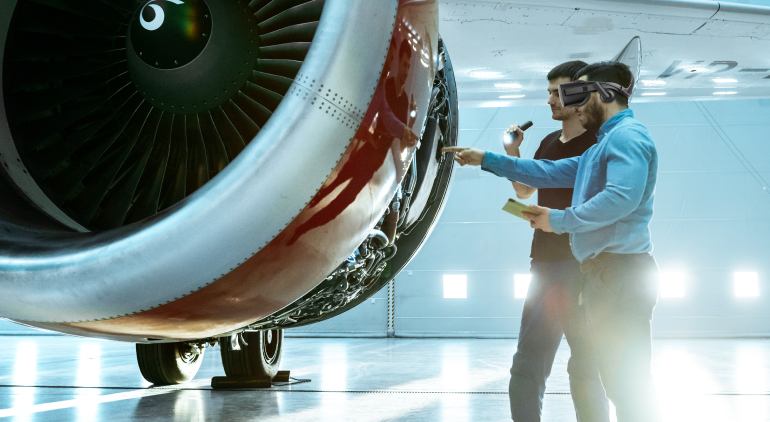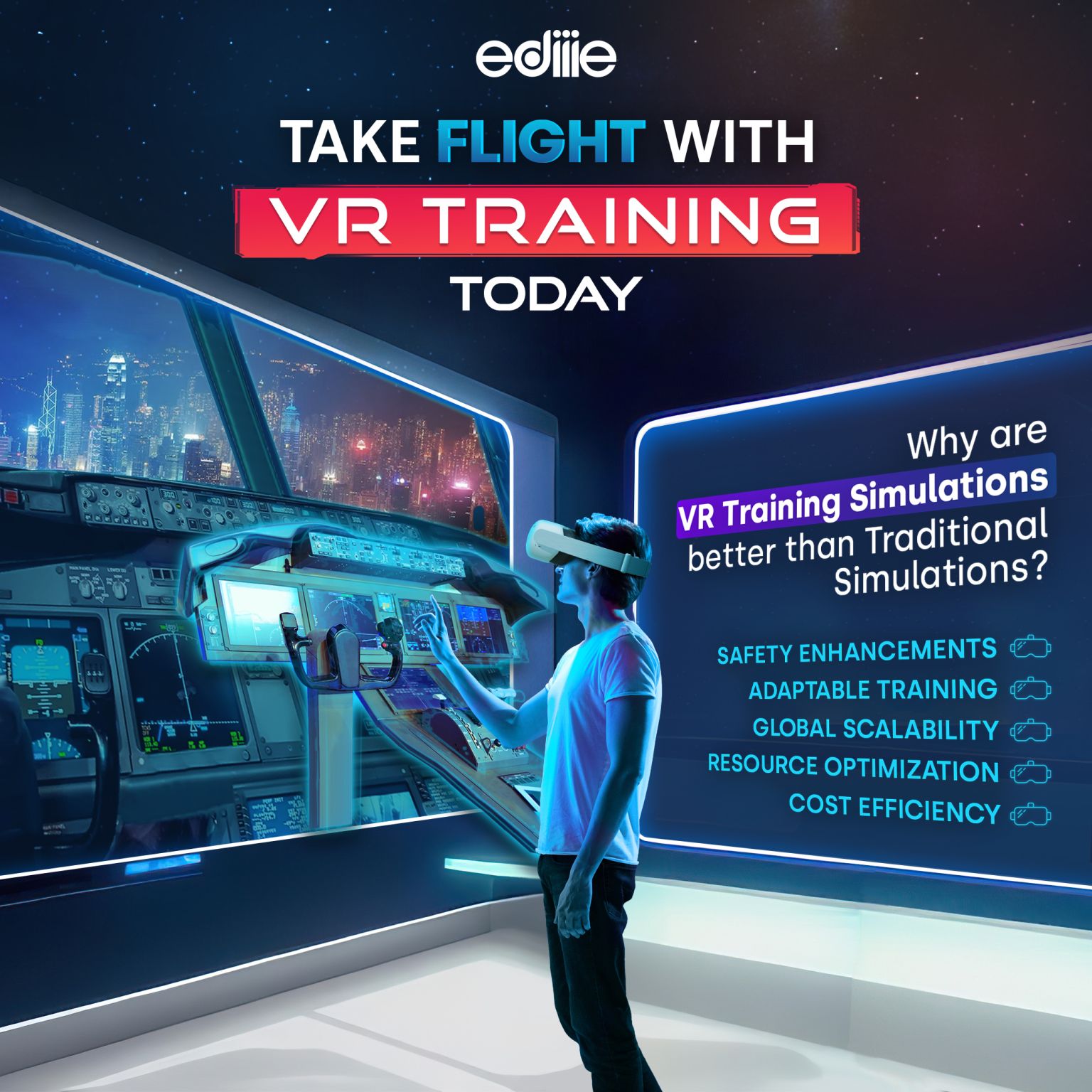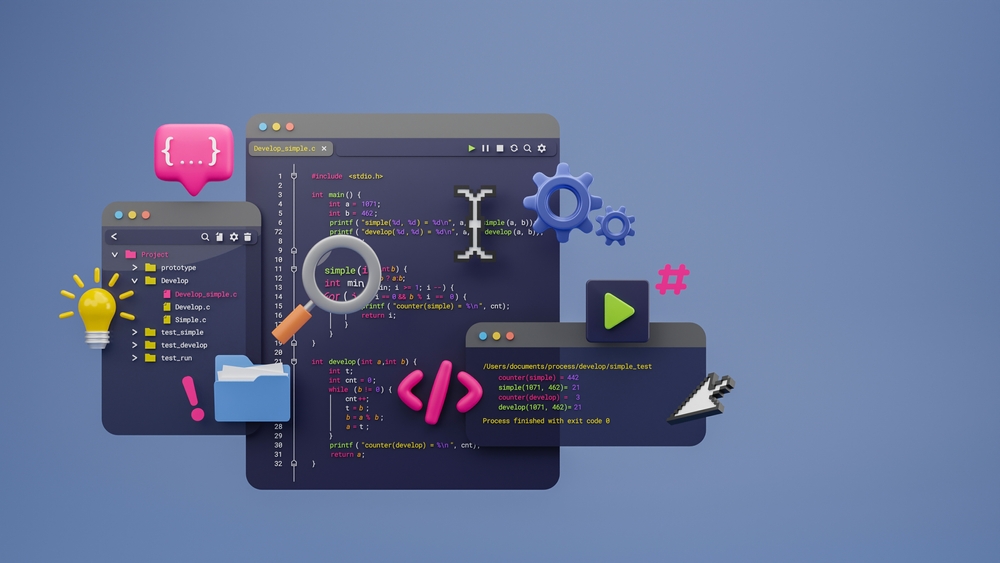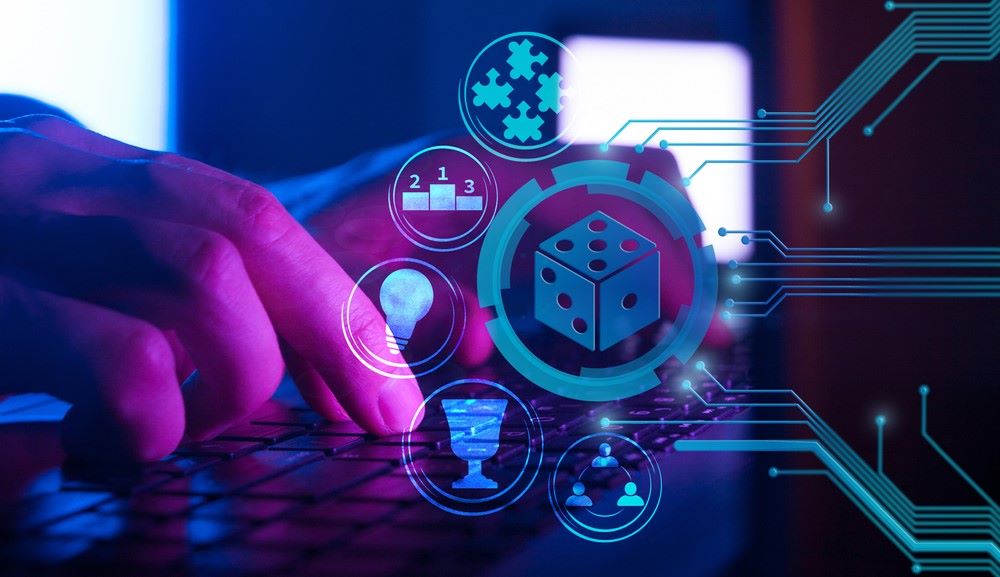Potential of Virtual Reality in Aviation and Aerospace Industry
VR has reshaped many industries today and the aerospace industry is one of them. Virtual reality technology nowadays is increasingly being used in militaries for various applications such as safety, simulation, and visualization of battlefields, etc.
Aviation and aerospace is another such industry that involves complex designing mechanisms and structures. It includes visualization of navigating systems, air-traffic control, weather, terrain, and airspace information, and a lot of other sophisticated workings, that need proper attention.
It also has to deal with hundreds of lives at the same time. Therefore, there can be no chances of errors.
Also, the rise in the disposable income of people has led to
an increase in demand for luxury and comfort. Traveling by air is still a
luxury for so many.
Therefore, with a rise in income, people would like to
travel by air instead of trains and buses, also because it is considered as the
safest and most comfortable way of traveling.
This has increased the demand
for air travel and thus, a rise in aircraft orders. Regular renewal of business
aircraft will further contribute to the growth of this industry.
This will pave
the way for innovation, to cope with the increasing demand, which will also
provide larger customizations, better luxury, comfort, enhanced durability
along a reduction in cost.
One such innovation is virtual reality. This
will provide opportunities for more improvement and development. AR VR in aviation industry can really
stand out with the following benefits:
AR VR in Aviation can act as a learning tool for the engineers
Aerospace engineers,
don’t usually have access to learning materials that can help them practice.
They often need to wait for the complex structure that is used as a learning
tool.
With the help of virtual reality solutions, engineers will not have to wait for any learning mechanisms, instead, the process of learning will become much faster, as virtual reality creates a simulated environment in which engineers will be allowed to work in virtual aerospace and view the composite structures, to learn and manage them well.
With the help of VR companies,
simulations can be created, where engineers can even walk inside a jet engine or
view jet parts separately and study them.
This provides personalized learning
to them, thus leaving no chances for error. Also, virtual reality makes a safe
training environment, so there’s no risk that anyone will be hurt.
Easy designing and manufacturing with AR VR
Though the flight is considered the
safest mode of transport but still, there are a lot of safety issues involved
in commercial aviation, especially when a plane takes off and lands.
VR can
help one to visualize and interact with the aircraft and provide an environment,
identical to the complex mechanisms of the aircraft used during the designing
phase.
With the help of this, one can visualize and make any changes required,
before applying any process in reality. Thus, VR verifies the aircraft design
process which leads to product manufacturing.
Better
inflight experience for customers - In this era of cut-throat
competition, companies don’t want to leave any stone unturned to attract and
retain their customers. They want to provide the best of their services to
improve customer experience with the brand.
Read more: VR Technology for B2B Industries
So, VR can be used by companies to
improve the inflight experience of their customers. VR headsets are being
offered to passengers who find it difficult to bear long flight durations or
are afraid of flying.
VR headsets feature a high-definition screen with full
audio and video feeling which has the ability to distract any person from its
current situation and move them into a more relaxing environment.
It is
self-adjustable according to one’s eye and provides a lighter and engaging
flight experience to the passenger.
Airlines have already started to use VR
headsets to make passengers watch 3D and 2D films or shows and have observed
more satisfaction among its passenger.
Proper training for pilots using AR VR and MR
Pilots have to be fully equipped and
trained before flying a plane. For this, they have to undergo extensive hours
of training using flight simulators. The flight simulators are quite expensive
and are heavy professional training devices.
Therefore, proper training is required for pilots. Airports are too busy to provide real-time experience to pilots. Hence, the real training environment usually becomes time-consuming and resource-intensive for the aviation industry. This calls for the need for VR, which incorporates the real environment of the airport virtually.
Pilot training using AR VR and MR is way easier than before. They can practice real-life
processes, which not only improves their performance but also decreases the
cost of training and resources.
Assistance in maintenance
Virtual Reality can be used in remote
maintenance assistance. This is used for the purpose to increase work
efficiency, where maintenance staff could receive guidance while they are
working. They can also share real-time pictures and video information with
their remote colleagues. Thus, VR improves work efficiency and provides a
faster solution.
With this, we can conclude virtual reality is becoming a new trend especially in industries that involve complex learning mechanisms and require proper safety measures to be undertaken.
Thus, technological advances are key to their survival. The augmented reality aerospace is no exception. Using AR/VR technology will only improve the manufacturing process, facilitate personnel training, ensure better aircraft maintenance and lesser risks to human life.
Still, there are many unexplored
areas of ar vr in the aviation industry where it might prove itself. This technology is can never go
obsolete. It has already proven its worth in various industries. So, one can
only explore what exciting new features will be enabled when aviation and
virtual reality will cross paths.







